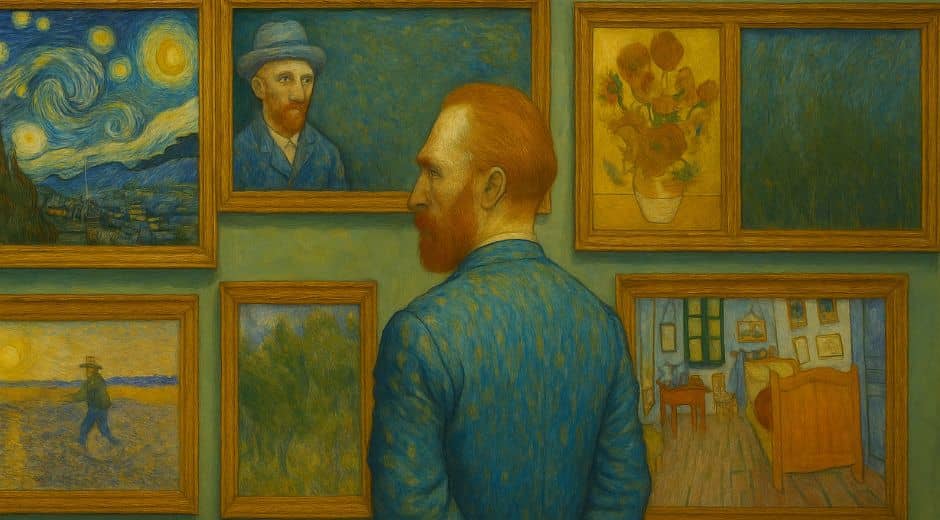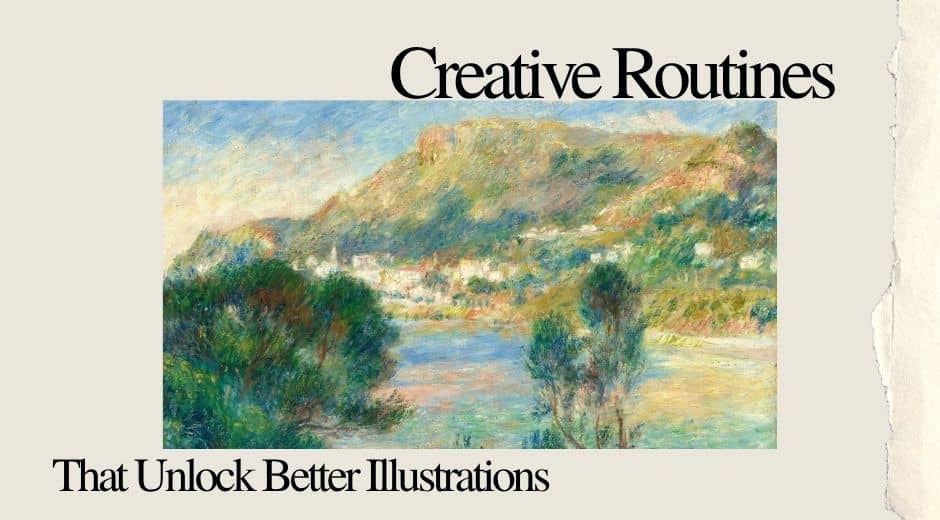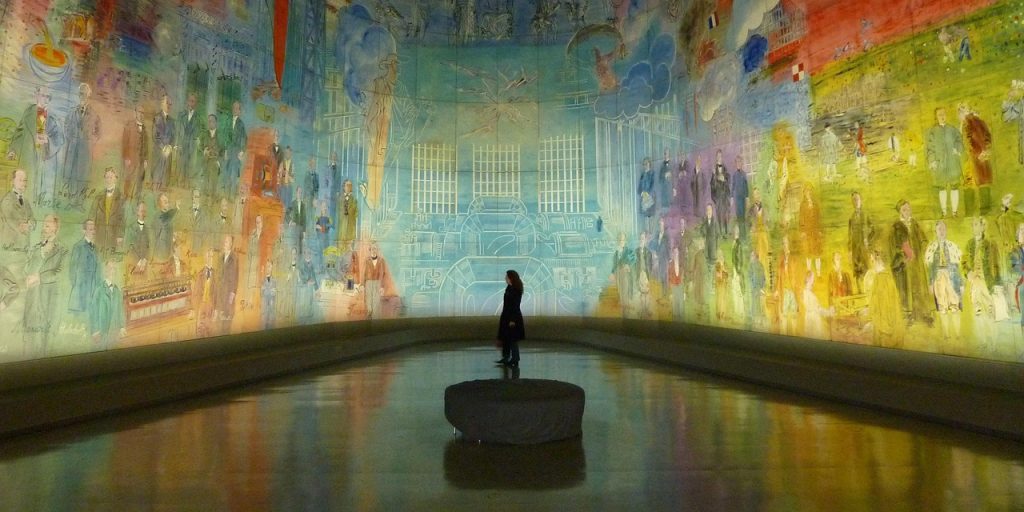How Inspiration Finds Us When We Stop Searching
How Inspiration Finds Us When We Stop Searching
The Myth of Constant Inspiration
We tend to imagine inspiration as a spark — a lightning bolt that strikes in a moment of brilliance. But in truth, inspiration is quieter. It often hides in the ordinary, waiting for the noise of our days to settle.
Many creators spend years chasing it, thinking they must travel far, reinvent themselves, or constantly produce to be “inspired.”
Yet, real inspiration thrives not in movement — but in stillness.
It’s in these moments of pause that new ideas gently unfold.
1. The Power of Stillness
Stillness isn’t inactivity. It’s a pause where observation replaces action, and attention returns to the present.
In a world of constant scrolling and instant gratification, stillness is a rare luxury. But it’s here that the mind begins to reconnect. A quiet morning, a walk without music, or simply watching sunlight shift across the floor — these are invitations for thought to breathe.
“When the noise fades, the muse whispers.”
Inspiration doesn’t respond to demand. It responds to space.
2. Observing Without Expectation
We often seek inspiration with an outcome in mind — a project, a design, a goal. But sometimes, the purest ideas come from not looking for them at all.
Observation is an act of surrender. It’s about noticing without needing to explain. The way shadows fall on a table, how two colors unexpectedly complement each other, or the rhythm of footsteps in the rain — these are all quiet teachers.
They remind us that seeing is more powerful than seeking.
Explore how observation deepens visual understanding in Drawing Depth: Exploring Form, Texture, and Light.
3. Routines That Nurture Inspiration
Contrary to popular belief, inspiration doesn’t thrive on chaos. It grows from rhythm — gentle repetition that allows ideas to surface naturally.
Simple practices like:
-
Writing a few thoughts each morning.
-
Spending 10 minutes sketching shapes without judgment.
-
Ending the day by recalling something beautiful you noticed.
These rituals train the mind to notice more and force less. They’re not about productivity — they’re about presence.
4. The Influence of Story and Emotion
Every work — whether visual, written, or designed — begins with a feeling or story that asks to be expressed.
Stories are everywhere: in strangers’ conversations, in silence between friends, in the way time changes a familiar place.
The most moving creations don’t shout their meaning — they invite interpretation. They allow others to find pieces of themselves within.
That’s the beauty of inspiration — it doesn’t just shape what we make; it shapes how we connect.
5. The Natural Rhythm of Ideas
Inspiration isn’t linear. It ebbs and flows like seasons — some days fertile, others quiet.
The key is learning to trust the rhythm instead of forcing output.
Periods of rest or uncertainty aren’t creative failure — they’re part of the process of renewal.
When you stop treating the pause as an enemy, it becomes a doorway.
6. How Connection Revives the Muse
Sometimes inspiration returns through connection — sharing ideas, listening to others, or simply stepping into another perspective.
Conversations, films, and even small acts of kindness can rekindle motivation in unexpected ways.
For a reminder of how human connection shapes creativity and empathy, visit Romantichs.com — a space exploring the beauty of relationships, thought, and shared experience.
7. Returning to the Source
Every person has a source — a well they draw from when ideas run dry. For some, it’s nature. For others, it’s history, design, or memory.
Returning to what once moved you can reignite the spark. Look back at your earliest inspirations — what fascinated you before expectation entered the picture? Often, your muse is waiting exactly where you left it.
Conclusion: Letting the Muse Come to You
You don’t have to chase inspiration. You have to create room for it.
It finds its way through quiet mornings, through patient work, through reflection and pause.
“Inspiration doesn’t arrive by force — it walks in when space is made for it.”
When you stop demanding brilliance, you allow discovery.
And that’s when the muse finally sits beside you — uninvited, but right on time.
Inspiration Expression Eternity

Shaping Atmosphere: How Visual Choices Transform a Space
A space changes instantly through form, color, shadow, and arrangement. Explore how thoughtful visual decisions influence mood and elevate everyday interiors.

Shaping a Scene: How Structure Guides the Eye
Every sketch benefits from structure. By guiding the viewer’s eye with thoughtful arrangement, illustrators create pieces that feel intentional, balanced, and visually inviting.

How Traditions Evolve Through Modern Life
Traditions don’t disappear as time passes — they shift, adapt, and take on new forms. Explore how modern life reshapes long-standing customs while keeping their spirit alive.










